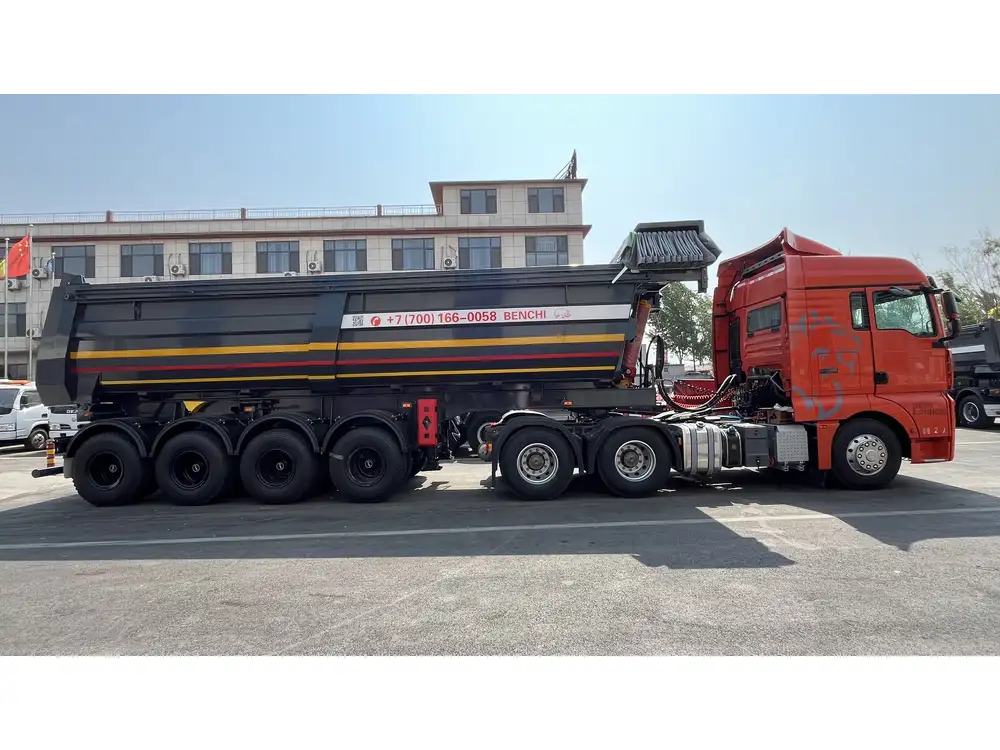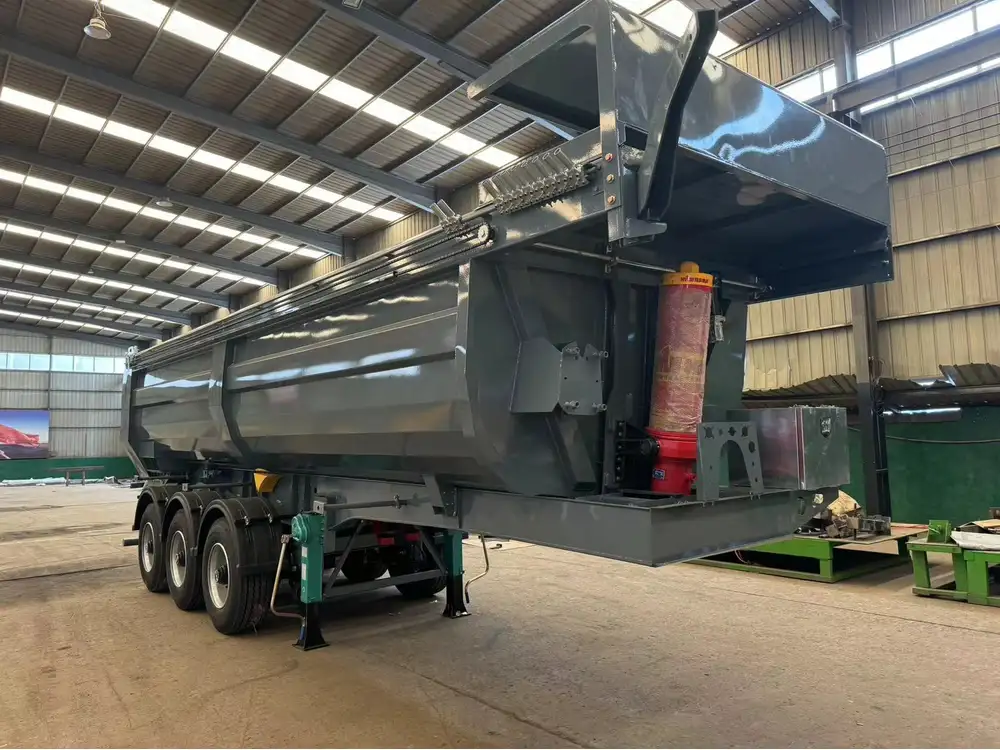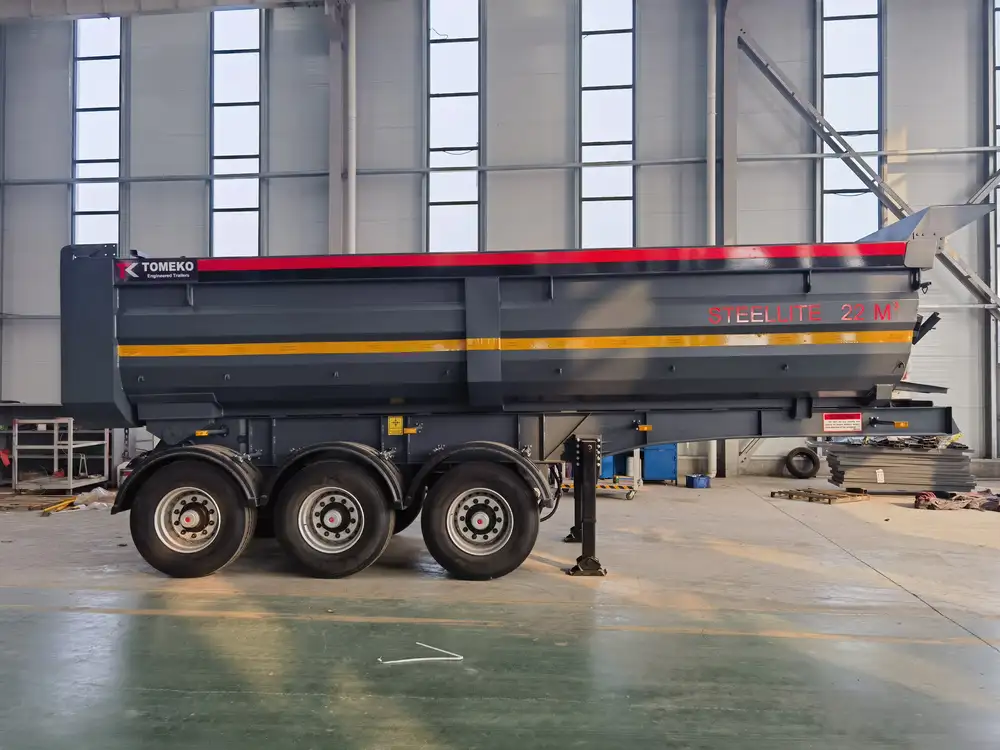In the world of logistics and transportation, the terminology can often become convoluted, making it imperative for manufacturers and users alike to grasp the nuances of different terms. A prevalent question arises: Is “trail” a synonym for “container”? This article delves into the definitions, functions, and nuances of trailers and containers, offering insights for manufacturers, transporters, and logistics managers.
What is a Trailer?
Definition and Function
A trailer refers to a type of vehicle designed to be towed by a motorized vehicle. It typically features an open framework, though there are enclosed options available as well. Trailers play a crucial role in the transportation of goods, enabling businesses to move items from one location to another efficiently.
| Types of Trailers: | Type | Description | Common Uses |
|---|---|---|---|
| Flatbed Trailer | A trailer with no sides or roof, ideal for large equipment. | Transporting machinery, lumber, and other heavy items. | |
| Enclosed Trailer | Features walls and a roof for protection against the elements. | Secure transportation of sensitive goods. | |
| Refrigerated Trailer | Equipped with a refrigeration unit for transporting perishables. | Food items, pharmaceuticals, and other temperature-sensitive goods. | |
| Tank Trailer | Designed for transporting liquids. | Fuel, chemicals, and other bulk liquids. | |
| Lowboy Trailer | A specialized trailer for hauling heavy, oversized equipment. | Construction and heavy machinery. |

Trailer Dimensions and Capabilities
Trailers come in various dimensions and weight capacities tailored to specific transport needs. For instance, the dimensions of a standard flatbed trailer can vary from 48 to 53 feet in length and 102 inches in width, while weight capacities can exceed 40,000 pounds depending on the trailer type.
What is a Container?
Definition and Function
Containers, unlike trailers, are standardized units specifically designed for the transportation and storage of goods. They facilitate the movement of products via various modes of transport, including shipping, rail, and road. A container is typically a large, box-like structure that is robust enough to withstand handling, storage, and transit.
| Types of Containers: | Type | Description | Common Uses |
|---|---|---|---|
| Standard Shipping Container | A common intermodal container used across sea and land. | General cargo transport. | |
| Refrigerated Container | Specifically designed for temperature-sensitive goods. | Perishables like fruits, vegetables, and pharmaceuticals. | |
| Open Top Container | Designed with an open top for easy loading/unloading. | Cargo that cannot fit through standard doors. | |
| Flat Rack Container | A platform without sides, suitable for oversized cargo. | Heavy machinery and construction materials. | |
| Tank Container | Designed for transporting liquids across international borders. | Chemicals, oils, and other liquid goods. |

Container Dimensions
The standard container sizes typically fall within:
- 20-foot container: 20 ft long, 8 ft wide, 8.5 ft tall
- 40-foot container: 40 ft long, 8 ft wide, 8.5 ft tall
Each size’s standardized dimensions facilitate seamless stacking and transportation, whether by ship, truck, or train.
Key Differences Between Trailers and Containers
Mode of Transport
While trailers are primarily associated with road transport, containers are designed for intermodal transport, meaning they can seamlessly transition between ships, trains, and trucks. This characteristic of containers enhances logistical efficiency.

Load Capacity
Containers generally have weight restrictions based on their design and the type of goods they can carry. Trailers, meanwhile, may offer more flexibility concerning the types of loads, provided they comply with road weight limits.
Construction and Materials
Containers are built to be robust and often constructed from steel, while trailers may utilize a variety of materials, such as aluminum and wood, contributing to their respective weights and durability.
Security and Stability
Containers generally provide a higher level of security for the cargo they hold, often featuring locking systems to prevent theft or tampering. Trailers, depending on their built, may or may not provide similar security features.

When to Use a Trailer vs. a Container
Use Cases for Trailers
- Local Deliveries: When goods need to be transported within a metropolitan area.
- Heavy Equipment Transport: For construction projects requiring heavy machinery that may not fit within a container.
- Road-Based Logistics: For businesses operating primarily on land routes, where trailering is essential.
Use Cases for Containers
- Intermodal Shipping: When goods must be transported across multiple transit methods, particularly over long distances.
- Long-Term Storage: Containers can be used as durable storage units for long-term inventory holding.
- Global Trade: Facilitating the transport of goods from one country to another via sea freight.

Conversion Potential: Transitioning to Semi-Trailers
For logistics companies and freight service providers, considering semi-trailers for your transport needs can significantly elevate your operational efficiency. Understanding the transition from conventional trailers to semi-trailers is pivotal.
Benefits of Semi-Trailers:
- Flexibility in Loading: Semi-trailers offer versatile loading options that accommodate various cargo types, from containers to bulk loads.
- Enhanced Stability: The design of semi-trailers provides improved driving stability, particularly beneficial for heavy or oversized loads.
- Cost-Effectiveness: Utilizing semi-trailers for transport can reduce operational costs related to fuel consumption and maintenance.
Key Considerations for Switching to Semi-Trailers
| Factor | Considerations |
|---|---|
| Weight Limits | Evaluate the weight capacity of semi-trailers vs. standard trailers. |
| Loading Mechanisms | Assess the loading and unloading processes for different cargo types. |
| Regulatory Compliance | Understand local and international transport regulations. |
| Cost Analysis | Consider initial costs versus long-term operational savings. |
Conclusion: The Interplay of Trailers and Containers
In summary, while trailers and containers serve distinct roles within the transportation and logistics sectors, both are essential components facilitating modern commerce. Understanding the nuanced differences, combined functions, and specific applications of each can propel businesses towards more efficient and cost-effective operations.
Given the diverse functionalities, examining your logistics needs can guide you towards making informed decisions about whether to utilize trailers or containers—or a combination of both. Ultimately, the strategic orchestration of these conveyance methods can streamline your logistics chain, enhance product availability, and strengthen market competitiveness.
Through comprehensive awareness of these elements, manufacturers, transporters, and logistics managers can better navigate the complexities of today’s dynamic supply chain environment. Optimizing your operations not only addresses current transport needs but also prepares your business for future growth opportunities in a rapidly evolving industry.



